|
THE RULES OF WEARING COLORS INTRODUCTION TO THE RULES AND COLOR GROUPS There are many different Color Analysis systems to help you determine which colors best suit your natural palette, but unfortunately, both myself and many of my slightly "mixed" looking friends, don't fit into any of them. And if one fits me, it certainly won't work for some of the others, and so on. I always feel like something is missing, and it seems that the typical color seasons are based on the more typical color combinations. So, in other words, if you have the "wrong" combination or intensity, you will have a hard time finding your group. Take me, as an example. My contrast level is in the middle range, I have golden brown hair (the lighting in the photo makes it look a little red), an olive undertone to my skin, peachy pink areas, and cold green eyes (which means they can appear blue-ish, but if you hold something blue next to them, you can tell that they are green in comparison). My dominant feature is warm (so that would rule out "Winter and Summer"), and I have noticed that I need contrast to look my best. Colors of brighter (but not too bright) or equal intensity makes me "pop", and pale hues other than white and grey, does nothing for me. I get compliments in both (some) earthy and golden shades, as well as warm and bright, sunny colors. But olive green, dirty and cool colors wash me out, or make me look grey-ish orange (so that would rule out anything in the typical "Autumn" family). Just from reading up on the subject I would say that I actually look more like a "Soft Autumn" (what my brother is), "Warm Spring", or a "True Spring", but many of those colors are too pale, cool, and/or dirty and "autumn" for me. I am better in green than blue, and my truly best colors are mint, aqua, ivory, sunny golden yellow, bright peachy pink and tomato red. In conclusion, I suit clear and warm enough colors to be a Spring. But, now the problem is that none of the groups that already exist, are quite right (There were several colors in the charts that made me think, "no way" or "not my best"). After that, I discovered an Elements color system that determined that I am a "Fire" (sort of a Spring), but that system neglected some other combinations. Confusing? I know. Which brings me to my next step. To figure this out (with inspiration from the already well researched rules of Color Analysis), I created my own 10 Color Groups system, with a total of 30 varieties. The 10 Groups system is created to identify what type of colors you generally look good in. The 30 Add on's determines your group within the group, ergo, which other types you border to. This will help you specify which hues will be best for your intensity (to give you that right glow), and let you know which other groups you can "borrow" some colors from (without looking bad). Last but not least, which ones to stay away from. Instead of separating everything into a large number of divisions, I wanted to give you an understanding of your colors in such a way that it would be possible to "play" with your hues on a larger scale (or narrow it down). Because we all know we want to wear the colors we like, not only the ones we look good in. The key is to know how to get away with it, so you don't have to end up looking blend in your favorite black dress. DETERMINE YOU COLOR GROUP IN 5 STEPS 1. WARM OR COOL UNDERTONE First determine if you are warm or cold. If you suit gold best, orange-red, ivory, green with yellow in it, and in general warm colors , such as golden browns or other earthy tones, peachy hues, or sunny yellows, you are WARM. If you suit silver best, blueish red, pure or soft white, and in general cold colors, such as jewel tones, icy hues, powdery or bright blue, and berry colors, you are COOL. You also may be NEUTRAL. So if you suit both gold and silver, your next step would be to determine if you look better in warm colors or the cool colors (listed above). A neutral will still have a general preference towards either the warm og cool colors. It just means that you are almost in between groups. 2. CONTRAST LEVEL Now, you are going to decide if your overall coloring is DEEP (very saturated and dark, has a high contrast level, and can handle deep and dark colors well) LIGHT (very delicate, fair, and has a low contrast level. Usually very sensitive to colors, and best in light and delicate tones) CLEAR (very high in contrast or can handle bright colors even if you have a medium contrast level or light hair) PURE (You may have a clear or soft look, but your contrast level is in the middle range, and on top of that you're still a little sensitive to bright, dark or earthy colors) SOFT (neither dark nor light, or all warm nor all cold. Just in the middle to low contrast range. Usually suits soft-muted tones with a little grey or earthiness in them) MUTED (You may have a strong and earthy coloring, but you're contrast level is in the middle range. Also, sensitive to colors that aren't toned down). Kim Kardashian is a DEEP, and has a naturally high level of contrast. Her dark hair, eyes and eyebrows offer that sharp black and white contrast, even with her tan skin. Angelina Jolie is a SOFT, and has a medium level of contrast. Even though she has fair skin and somewhat dark hair, this picture appear to be more grey scale than black and white. January Jones is a LIGHT, and has an overall low contrast level. Her hair, skin and eyes are all similarly light, which makes her look all light grey. (If you have a dark coloring, but have a medium to low contrast level, you probably belong in one of the pure, muted, or soft groups). Your choices are DEEP COOL or DEEP WARM, CLEAR COOL or CLEAR WARM PURE COOL or MUTED WARM LIGHT COOL or LIGHT WARM SOFT COOL or SOFT WARM as in the charts below. This represent your main colors, or season if you may. This are the groups that tell you which colors that are good on you and will get you compliments, what hair color you can or cannot dye your hair, and which colors that are your worst enemies. These combinations are based on contrast level, intensity and undertone of your hair, eyes and skin. Use the charts underneath as a guide for more specific information. It could be helpful to try and think about what element you are. If the colors you look good in remind you of FIRE (warm and clear), ICE (deep, cool and clear), EARTH (warm and muted, deep or soft), or AIR (cool, and light, soft and pure), or maybe you are NEUTRAL (both warm and cold features)? If you are WARM or a mix between WARM and COOL, but look bad in yellow, look at the SOFT groups.
3. INDIVIDUAL NTENSITY The next step is to determine whether you are a "true" (of whatever group you belong to), or if you need an "add on" to your existing group, such as if you are softer, brighter, deeper than the typical look, and so on. If you intensity is slightly cusping towards another group, it would widen your palette, which means that you can borrow some colors from "name-friend" groups, as long as they fit your "profile" (NB! These are not considered makeup free colors though, and is best to use when you look fresh (as if in, not when you need a vacation and haven't seen the sun in more than 6 months). This also means that you can figure out exactly which colors that are the most incredible on you, within your own group. I have discovered 30 variations, but not all groups mix. For example you can be a DEEP COOL dark (dark skin, hair and eyes), DEEP cool true (true, means that you are simply just deep and cool), DEEP COOL soft (your hair or eyes are slightly softer than the typical DEEP COOL) and DEEP COOL neutral (For those who are a both warm and cold, and cusping on the neighboring season). Now, how can you be both soft and deep, you say? Take Ginnifer Goodwin for an example. She looks best in DEEP COOL colors, but she has hazel eyes (slightly softer than brown and black), and her natural hair color is slightly lighter than dark brown. It also appear to be a little ashy. So, combined it makes her overall, a bit softer. These days, she colors her hair darker, which makes her look even deeper, and that makes her more true to her color group. (This doesn't mean that you must color your hair. Being a little off is very interesting and beautiful in a less stereotypical way). Or, maybe you have found your group, but you still feel that you can wear more or less colors than your group offers. A MUTED WARM such as Rachel Weisz, can still be cute in some clear colors, which makes her a MUTED WARM clear, and a CLEAR WARM such Lauren Conrad is often pegged as a SOFT WARM, but looks her best in clear colors. Which makes her a CLEAR WARM soft. People usually fit in two categories. 1. You can handle warmer colors better when you get tan in the summer, and cooler color when you are pale in the winter (Typical for the more neutral DEEP and SOFT), or the other way around. 2. You can only handle other colors outside of your own group when you are tan, wearing makeup, and look fresh (Typical CLEAR, MUTED, PURE and LIGHT). For example, DEEP COOL's such as Kim Kardashian, that are flowing into DEEP WARM, can use DEEP WARM colors when they have a tan (She usually spray tan these days), but naturally, she has a cooler and lighter skin tone, which makes her a DEEP COOL neutral). THE ADD ON'S As we have established before, your dominant or secondary feature can be either WARM, COOL, LIGHT, SOFT, CLEAR, PURE, MUTED or DEEP. The add on is just that extra word that helps you understand you coloring and intensity, to a point. neutral, means that you are so close to another group, cusping right on the edge, so much that you are both groups. (Such as Kim Kardashian in DEEP COOL, Olivia Munn in DEEP WARM, Naomi Watts in LIGHT COOL, Heather Graham in LIGHT WARM). true, means that you are the poster girl for your group. All the rules flatter you perfectly. A real, pure and true..... (Such as Sandra Bullock in DEEP COOL, Julia Roberts in DEEP WARM, Zooey Deschanel in CLEAR COOL, Julianne Moore in MUTED WARM, Maggie Gyllenhaal in PURE COOL, Cameron Diaz in CLEAR WARM, and Busy Philipps in LIGHT WARM). soft, means that you have a softer than usual (for your group), intensity (or contrast level) to your (natural) eyes, skin or hair. You need a little dash of grey to the brightest of your colors to look perfect. It can also mean that you are flowing into one another similar but less intense group. Basically you are slightly warmer and more muted then the rest of your group. (Such as, Ginnifer Goodwin in DEEP COOL, Kristin Kreuk in DEEP WARM, Jamie Lee Curtis in CLEAR COOL, Lily Cole in MUTED WARM, Elisabeth Hurley in PURE COOL, Leslie Mann in CLEAR WARM, Michelle Pfeiffer in LIGHT COOL, Amy Adams in LIGHT WARM). bright, means that you have a high tolerance and need for contrast, such as features that can compete with bright colors and stark contrasts. Can sometimes flow over in a warmer or cooler neighboring group. (Such as, Megan Fox in CLEAR COOL, and Beyonce in CLEAR WARM) clear, means that you can handle some clearer colors, such as some of the CLEAR COOL or CLEAR WARM colors, because you have features that can compete with some more intense hues. But you will always stay on your side of warm and cool. (Such as Eva Marcille in MUTED WARM, and Jennifer Garner in LIGHT COOL). deep, means that you have either deeper and darker eyes, skin or hair, than what is normal for your group (Such as Nicole Richie and Angelina Jolie in SOFT WARM, and Rashida Jones and Leona Lewis in SOFT COOL) dark, means that your overall coring is so "dark", that it seems lower in contrast (but it's not). Even pure colors will be very dramatic on you (and give you a fresh look), in comparison to you dark and sharp coloring. It's a little bit of an optical illusion. (Such as Oprah Winfrey and Eva Longoria, in DEEP COOL, or Solange and Mindy Kaling, in DEEP WARM). E.g. If you are a SOFT WARM deep, CLEAR WARM bright or MUTED WARM clear, you have a higher intensity than what is common for your group, and can pull of darker and brighter colors as well. If you end up being CLEAR COOL true, then you can only use colors that are in fact, clear and cool. And so on... 5. AD IT UP First, think about which colors suit you best. Looks can be deceiving, and only a guideline to help you recognize your group. Your main group, is your "solid", and tells you what colors are the absolute best for you. The add on's are just hints in other directions. Such as if you need a little more of this or that... So, now we know wether you are a DEEP COOL or DEEP WARM, with the slight angle towards being neutral, soft or dark. CLEAR COOL or CLEAR WARM, with the slight angle towards soft or bright. PURE COOL or MUTED WARM, with the slight angle towards soft or clear. LIGHT COOL or LIGHT WARM with the slight angle toward being neutral or soft. SOFT COOL or SOFT WARM, with the slight angle towards deep or light. RESULT Ok! So, this might seem a little confusing at this point. But basically, it is like this. I am a CLEAR WARM soft (without makeup on). My olive skin color goes from a deep tan to light a tan, maybe even grey-green if I am particularly un-fresh. So, since I always have a tan, light eyes and a medium dark hair color, my overall contrast level is medium. Being a softer CLEAR WARM also means that my "makeup free look" should be, CLEAR WARM colors that are slightly muted (has a touch of grey in it), and that you can have a little earthiness to you and therefore suit some earthy and golden shades as well (but never too dirty, dusty or muted). But being a CLEAR WARM and needing contrast, I can look great in really bright colors as well, when wearing makeup to match. The best color for a CLEAR WARM will mirror your eye color, which in my case is, cold green. Also, the soft intensity means that the softer colors, will mirror my clear-soft eyes the best. Conclusion: My best color is a clear but slightly soft, aqua or mint green (blue and a green with a lot of lightness, brightness and yellow in them, so they appear to be both clear, warm and soft). If you like Beyonce is a CLEAR WARM with brown eyes, and a bright intensity, go for the shade of aqua-blue or turquoise that best suits the rest (hair and skin). Blue will bring out the brown in your eyes. If in doubt, yellow and ivory is always great on a CLEAR WARM. They are both clear and warm, and lighter than your skin color, which will give you a ("tan") fresh glow. (These four are my go to makeup free colors. They always save the day) Remember that your biggest no colors are the ones that will clash with either your eye, skin or hair color, no matter if everything else tells you it should be great (e.g. Blue looks great with my skin and hair, but not my eyes)
Keep in mind, that the people that have been used for these charts, all have makeup on, and possibly colored hair, so they may (cheat a little) look a as if they are a different type than they really are. Katy Perry is an excellent example of that, if you have ever seen her without makeup and black hair (it's a little washed out, and her features disappear). Here in the picture above, she has a little bit of makeup on (skin, eyebrows, mascara at least). With little to no makeup, the black hair is a bit too harsh for her, but with full makeup she looks sharp and clear. Also, it is very difficult to make one chart that includes every variation of the color combinations there is, so use the guide, because nothing can replace a good old fashion color analysis. Without it you cannot be absolutely certain of what group you belong to. Find a good size mirror, some color samples (clothes, accessories, fabric samples in colors representing all the groups (pure colors, dark colors, golden colors, muted colors, bright colors, light colors, soft colors, warm colors, cold colors and so on). Make sure you have on no (or very little) makeup, good lighting (day light. Indoor lighting can be yellow and change the appearance of colors), and also best to have a friend with you to get an objective opinion. Good luck :) If my system doesn't find you, then I would recommend the basic four elements (FIRE, EARTH, ICE and AIR). No fuzz and a wide range of colors (The only group I could identify with before, was "FIRE"). For more options and many details, you should try the 16 seasons color analysis system. They even have a Soft Spring (which is new), but the problem with that one was that the soft spring colors didn't suit me. Needless to say, I felt the need to create my own system...version, or what to call it. Stay tuned for the 10 following, detailed COLOR GROUP posts. Photography of me is by www.camillastorvollen.no (My sources are "Color me beautiful", thechicfashionista.com, http://visual.ly/, http://www.truth-is-beauty.com/, the 12 seasons system, the 16 season system, and the basic four element system. I have made alterations and created my own system. Photos in this post are random pictures from Tumbler, Pinterest or borrowed from Google. Unknown source.)
207 Comments
THE LESSON ABOUT WEARING COLORS It takes some time to find yourself, and decide what your "look" is going to be like. First you have to determine what signals you want to send the world, and match that with what you feel comfortable in. We've probably all had our wardrobe issues and beauty bleepers, leading up to that unavoidable; "what was I thinking" moment. Sometimes it's a "slave to the trends" kind of problem, or maybe you just don't want to draw too much attention to your self, and last but not least, there is the classic "rebellious phase". The common denominator of these styles is that they all represent a way of hiding yourself, and aren't really a projection of who you are. Only when you are comfortable in your own skin, can you truly use clothing to express your true self, and feel free to actually not give a s**t. Ultimately, figuring yourself out, is a challenge that will leave you with a lot of hilarious and embarrassing "old" photos (probably reminding you, for evermore on facebook). Personally, my biggest beauty bleeper (besides from bangs), was a poor choice or hair color. At first stroke of rebellion, I decided to color my hair mahogany red (which was kind of fab on me, actually). But, soon I got too comfortable with dying my hair, and that combined with a bad case the classic, and always dangerous, "idol-fever", it ended with pitch black hair, closely followed by about six years of period appropriate, "Christina Aguilera, circa 2003", moments. This particular case of "idol-fever" was caused by my older sister. Naturally, I thought she was really pretty, so growing up I wanted to look like her. I wanted black hair, brown eyes and snow white skin. Myself being the exact opposite, having golden brown hair, blue-green eyes and a naturally tan skin, I ended up looking orange with black hair (Or so I felt, and don't get me started on when I experimented with pale foundation, or the annoying obsession with dying my roots). In theory, I'm a big fan of bringing out what's unique about an individual, and personally I love an exotic look (I mean, the black hair really brought out my eyes. Just, not the rest of me). But in reality I looked like the love child of Snooki and Wednesday Addams, and some people thought I was the kind of person that would pick a fight. (Which brings me to....Why do people always tell you this stuff afterwards? That info would have come in handy at an earlier stage, but then again, maybe I wasn't ready to listen.) Many years later, after a friend finally talked me into growing my real color back. Not only do I feel more comfortable knowing the only "fake part" left is my makeup, but I've been told that I look more inviting, pleasant and wholesome with my natural hair color. And although I still like that edgy and spicy meets Bollywood look, it's so much easier achieving my goals, when people aren't afraid of me (Especially, since I've mostly been nice). I think we all have do's and dont's, beauty wise. We just can't follow the same rules. I look better with dark hair than blond, but my intensity dictates that I should draw the line at dark brown. The lesson is, just because you like the look, doesn't mean the look likes you. It's hard to figure out what will work for you, or what kind of colors that will compliment you best (Beautiful people look good in everything right?). What looks good on us, is defined by a series of small variations and combinations of depth, brightness, softness, warmth, coolness, and so on. And in contrary to popular beliefs, just being dark doesn't make you a winter, a redhead an autumn, or ashy blonds a typical summer. The good news is that many of the colors we like, is our subconscious picking up on what flatter us, but the rest is more a matter of taste. These days, I just wear black clothes (instead), even though it's not my best color. But when you really love something, some rules are made to be broken. The same way you can break a rule hear and there concerning your body type, the most important thing is the overall look, and there are some tricks that can help you get away with fashion obstacles. For example, when wearing black; I always wear eye liner, blush, something fresh on the lips, and make my eyebrows a little darker. That way I can handle the high contrast of the pitch black. It doesn't really give me a glow, but I certainly feel classy-cool, and thats the look I'm going for. If I want to be makeup free and fresh, there is only three choices; Ivory, mint green or lemon yellow. But that sunny colored and sweet look, is just not my kind of everyday look. (That said, I am working on finding the mythical creature called cool clothes in fresh colors. Just haven't been very successful yet). The first thing you need to know, is what does and doesn't suit you, so that you are in control of what you are doing. The best way to start is by getting a Color Analysis. Just as Body Typing helps you decide what shapes to wear, Color typing is that first step towards accepting your naturally born gifts, and get rid of unflattering fashion items (Better to give that stuff to someone who will use it for something other that closet decoration, right?). There are many different color analysis systems to help you determine which colors best suit your natural palette, but unfortunately, both myself and many of my slightly "mixed" looking friends, don't fit into any of them. And if one fits me, it certainly won't work for my sister, and so on. I always feel like something is missing, and it seems that the typical color seasons are based on the more typical color combinations. So, in other words, if you have the "wrong" combination or intensity, you will have a hard time finding your group. I have determined what colors work for me, but I still try to pin point my exact season (ever since I discovered my mothers, "Color me beautiful" book). Also, I'm sort of in love with organizing, so I need a system. Finally, I just decided to do something about it. Colors have always been one of my better skills, so I thought, "Why not?". I have pondered on this subject for a whole year, and eventually come up with my own Color Typing System, one that is both bigger and smaller than the regular ones. The already existing ones are great, but they didn't fit my type of logic, and apparently my looks didn't quite fit the logic of those systems either. I started on this project a year ago, and it has taken me a really long time, a lot of obsessive thinking, cross checking, trying it out and reorganizing. It basically took over my life for some periods. But now, finally (as all creative people, my gut is telling me that ), I'm finished. Everything adds up (the way I see it), and if it doesn't; there's a system in place for that. It might need some tweaks here and there, but a test drive is imperative before you know if it works smoothly. And, the rules of wearing colors, is exactly what my next series of post's are about. So stay tuned, if you too want to figure out what Color Group you belong to. Photography by: www.camillastorvollen.no
|
ETHICAL AND PERSONALIZED STYLE, FOR A "GOOD FOR YOU" WARDROBE.Idealist style is a website and "slow blog" dedicated to ethical fashion and personalized style, including tips on how to find your very own "slow fashion" style by using color analysis, the body types system, and other slow fashion tips.» Archives
January 2020
|
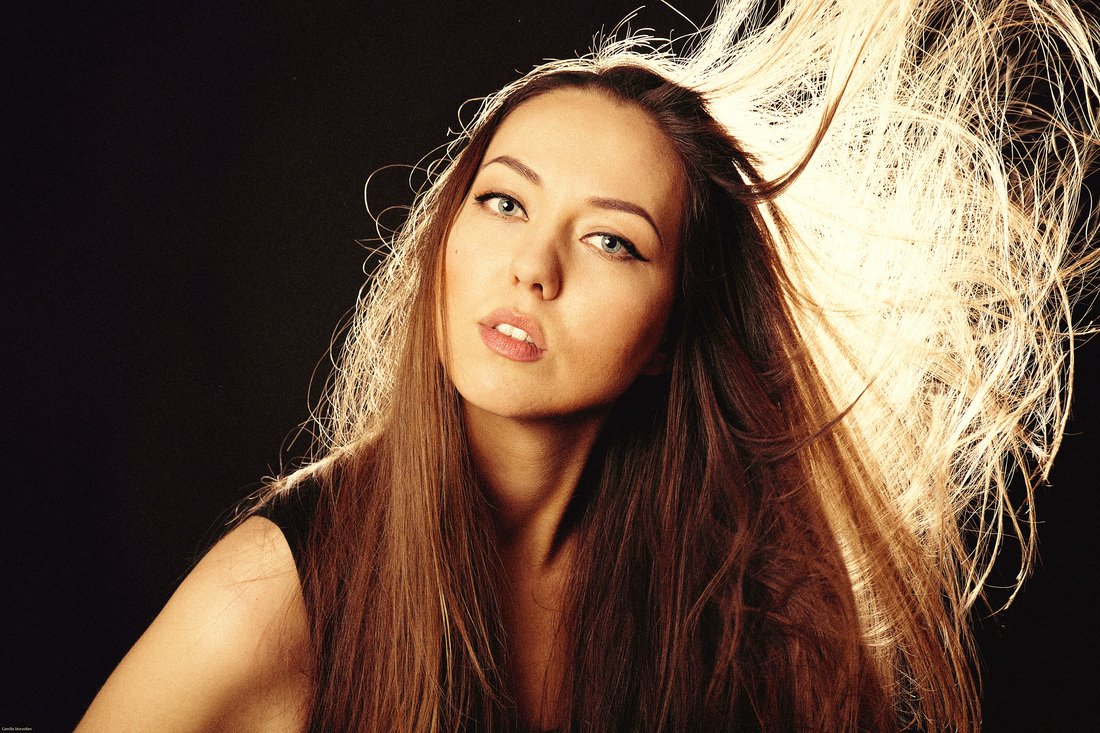
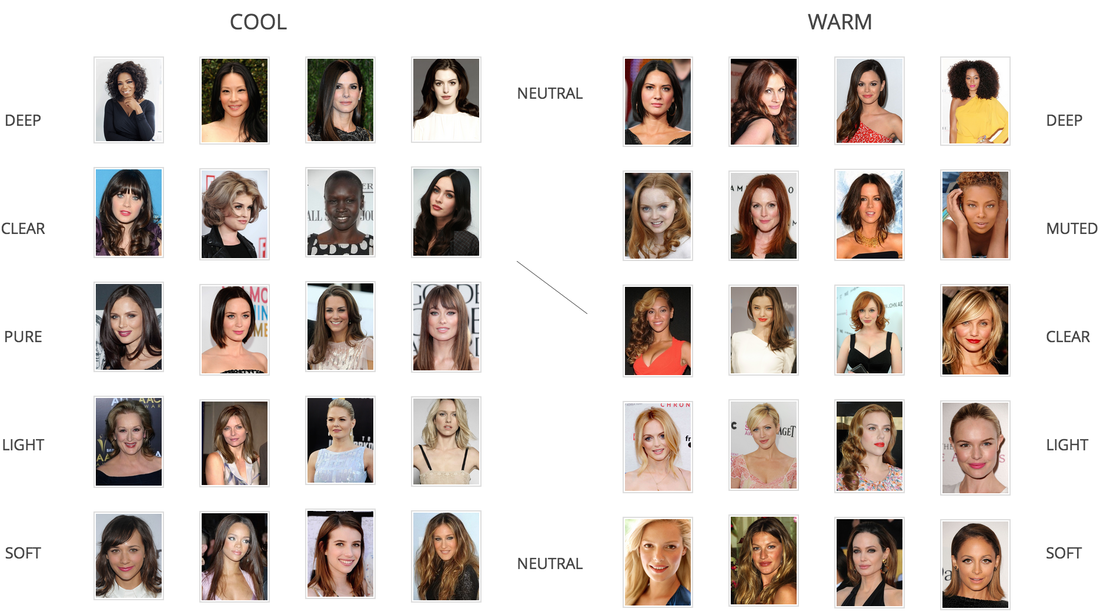
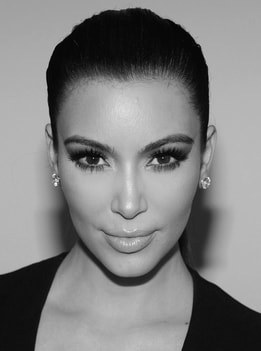
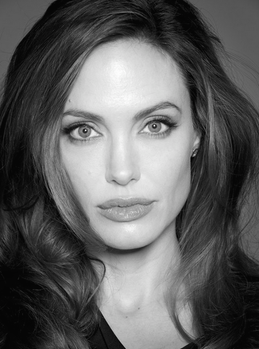
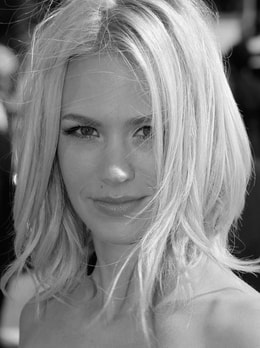
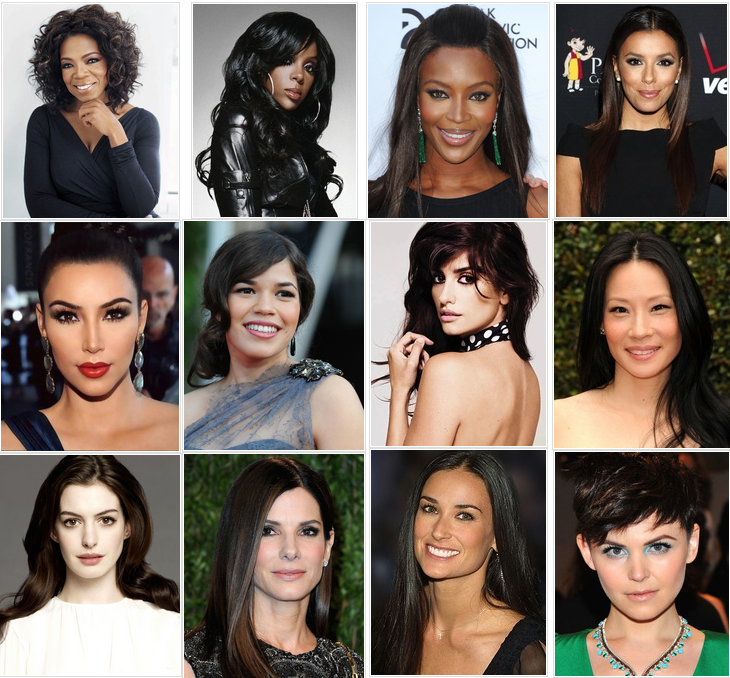
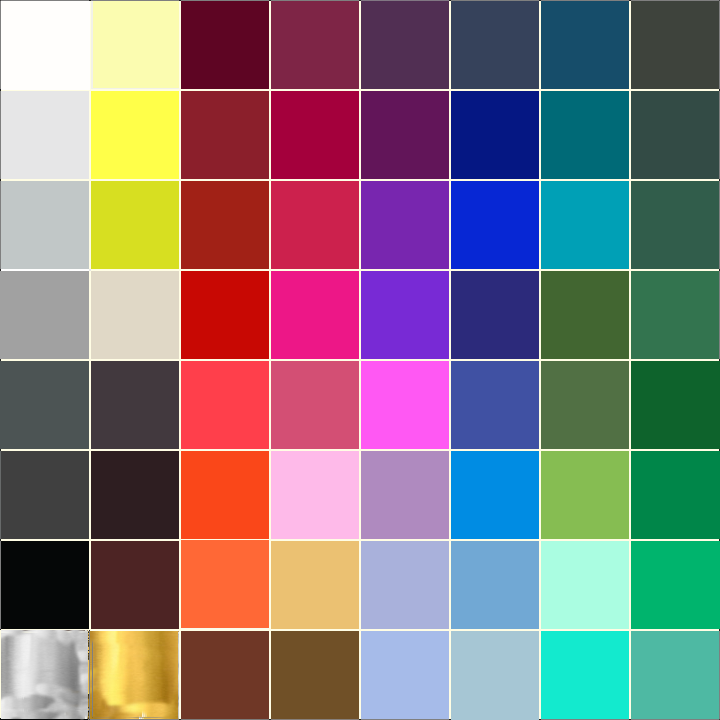
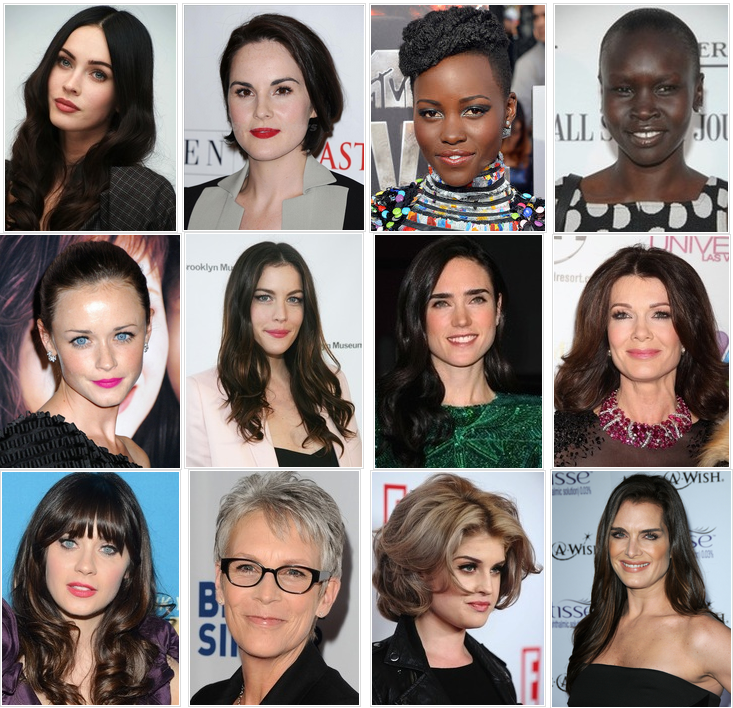
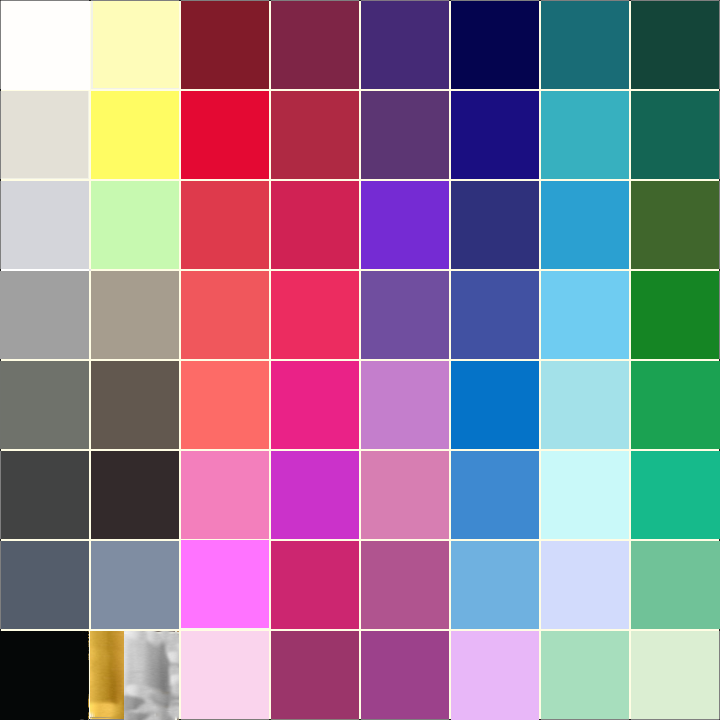
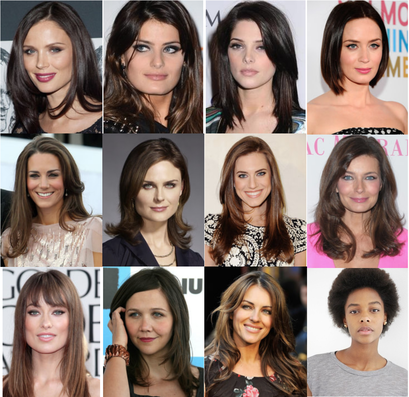
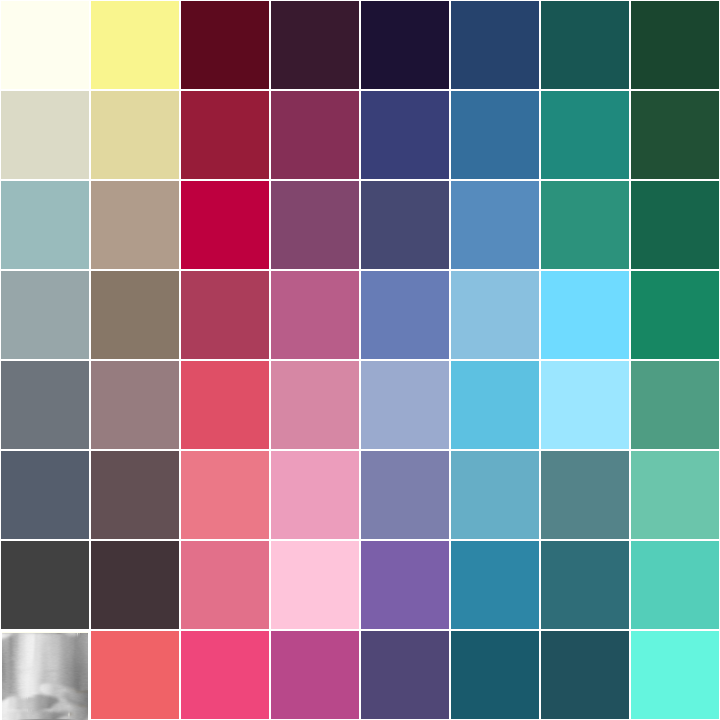
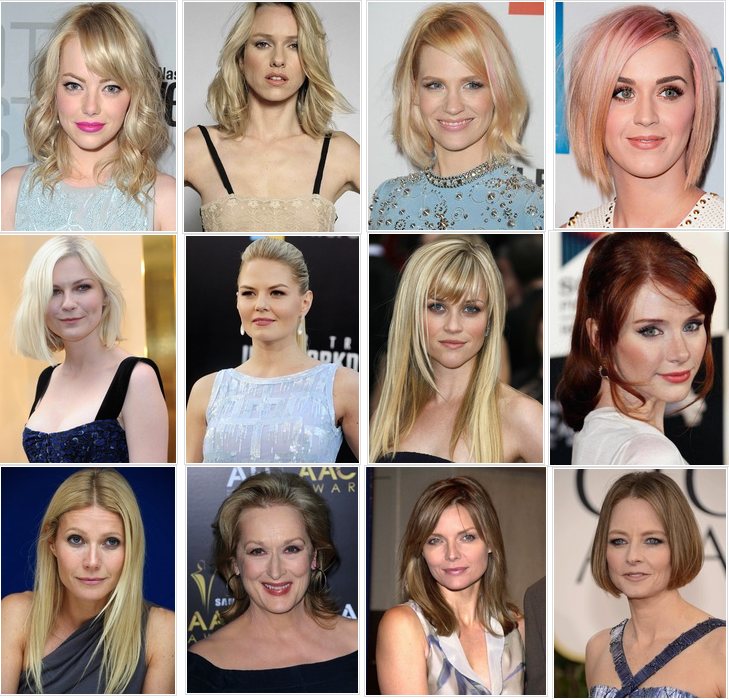
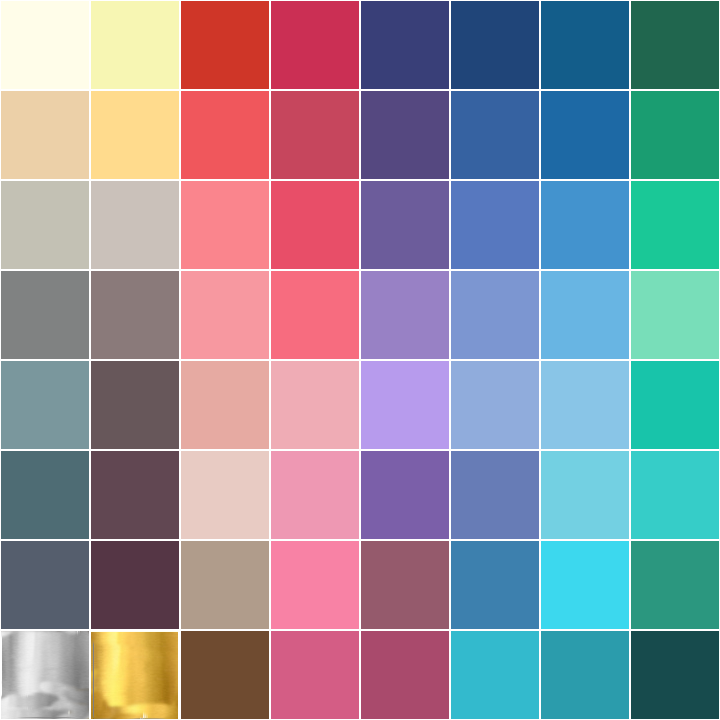
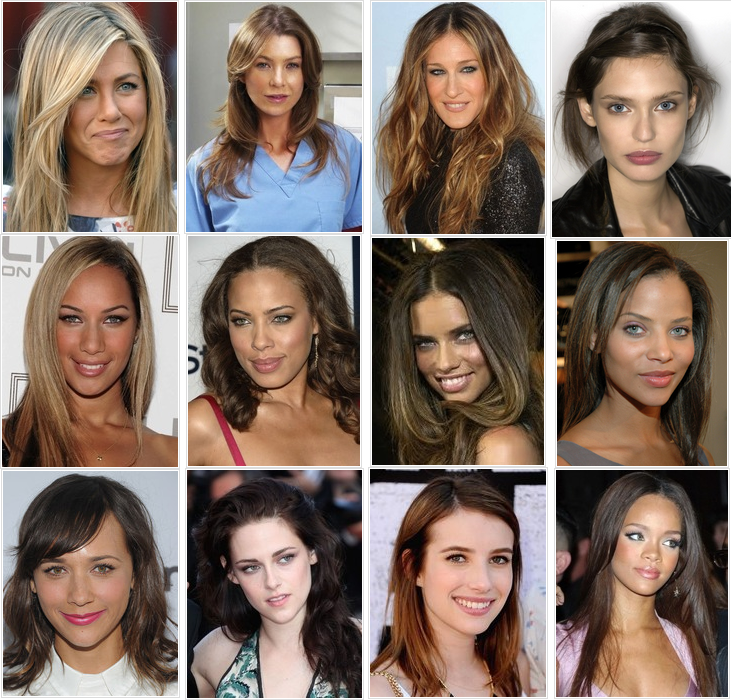
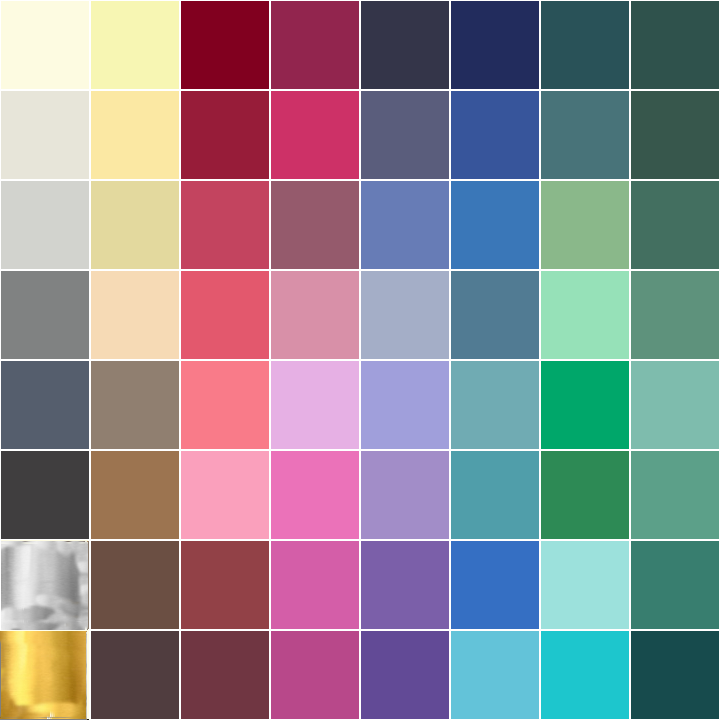
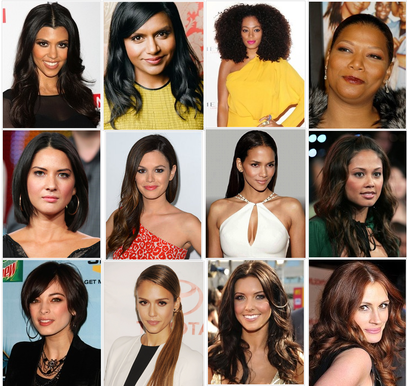
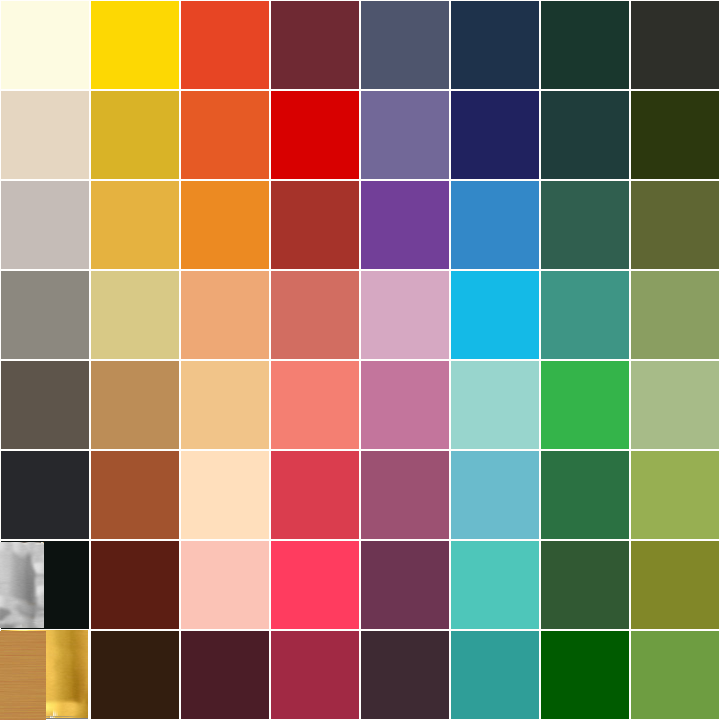
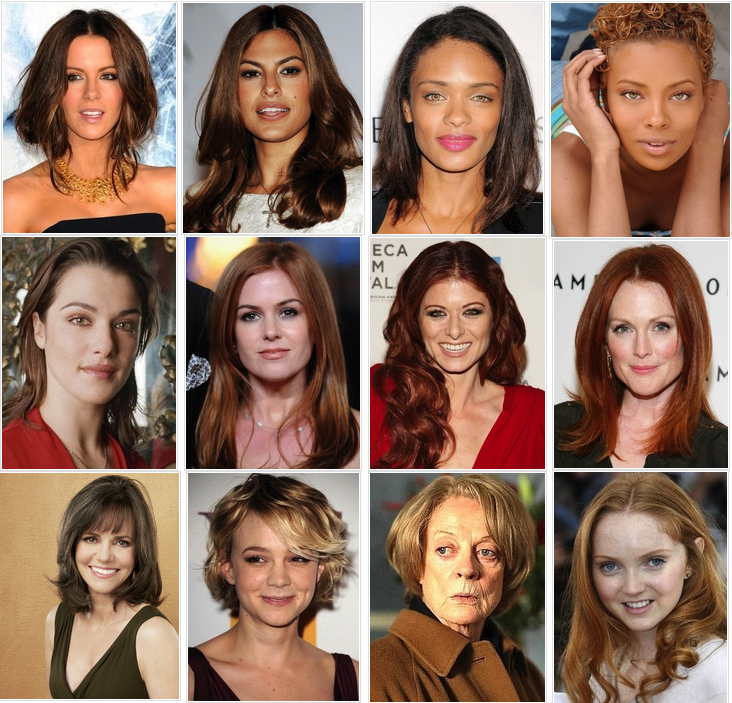
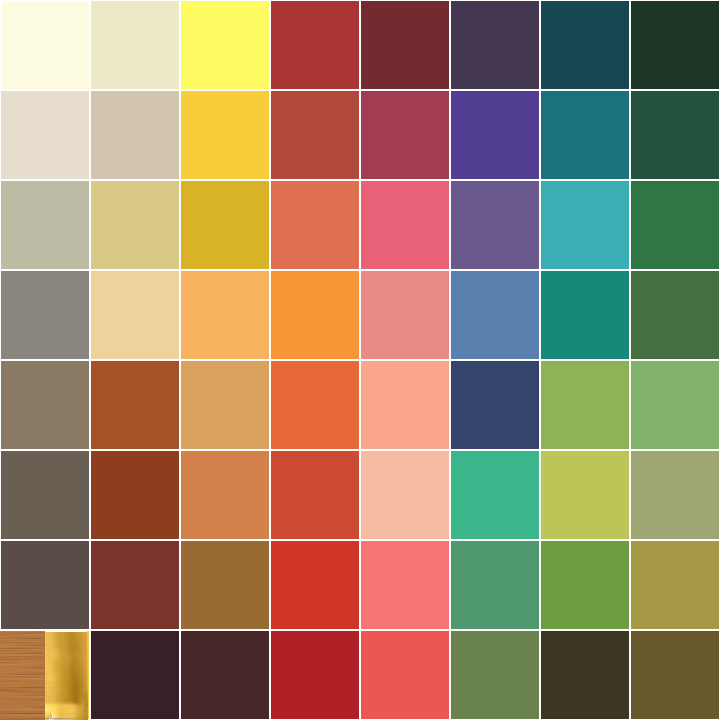
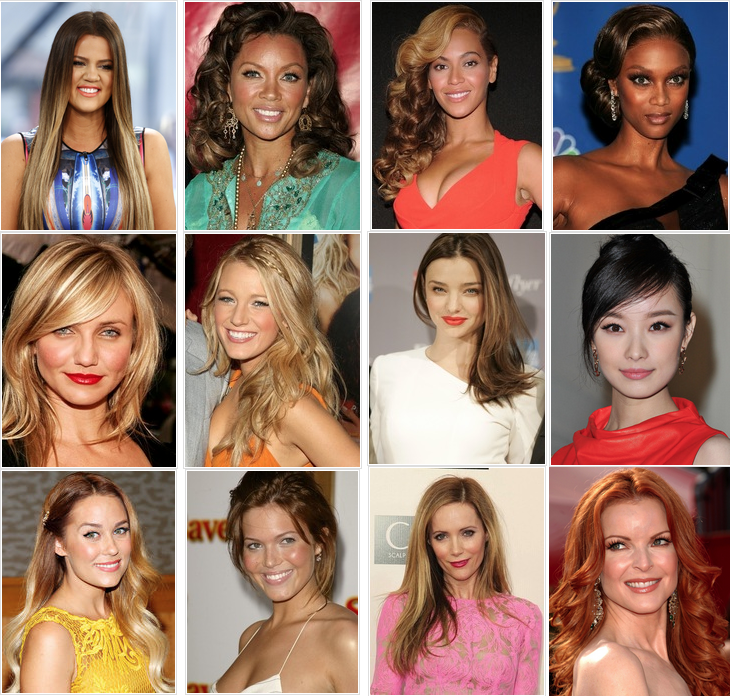
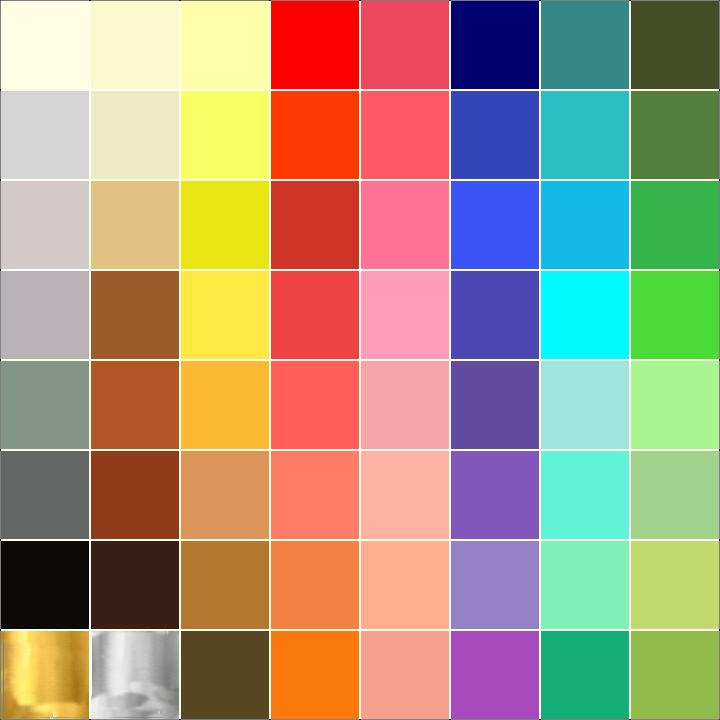
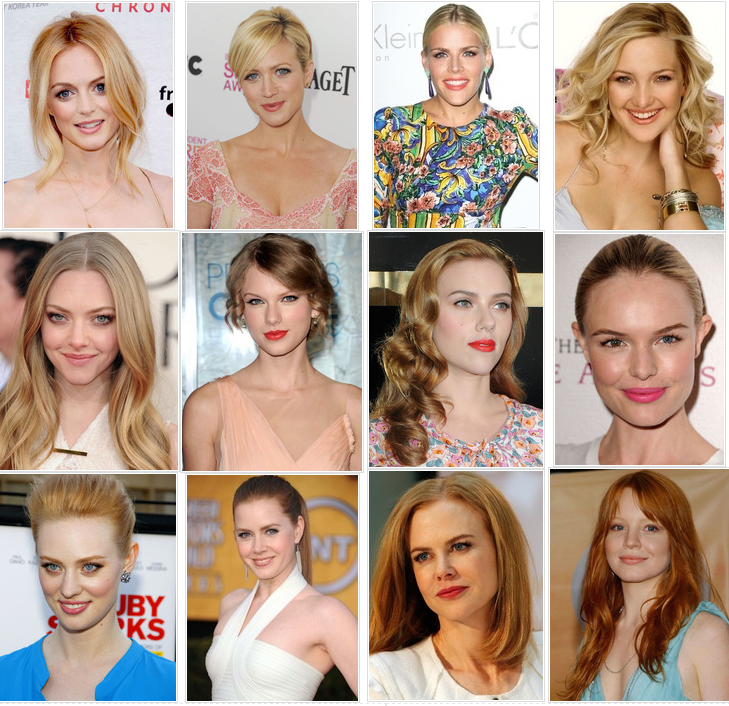
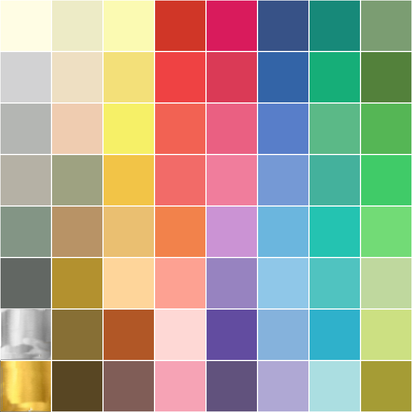
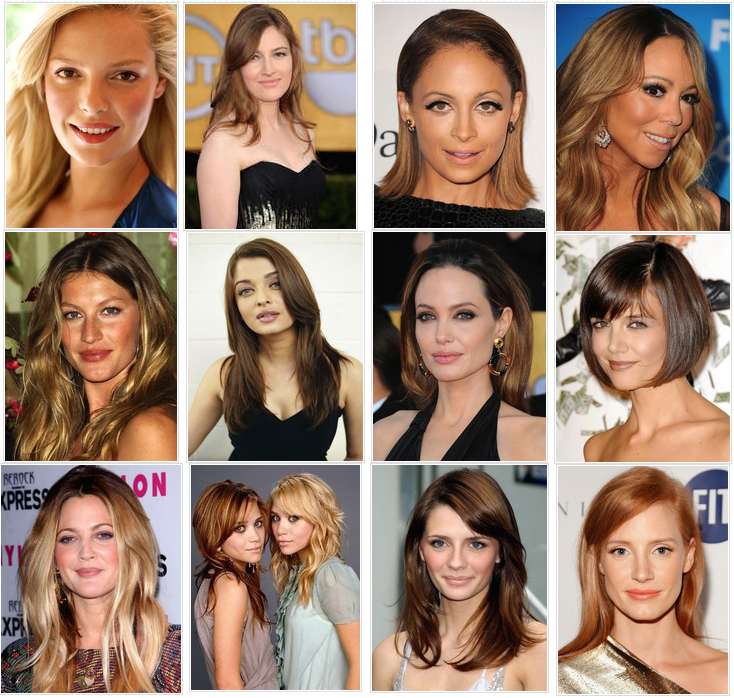
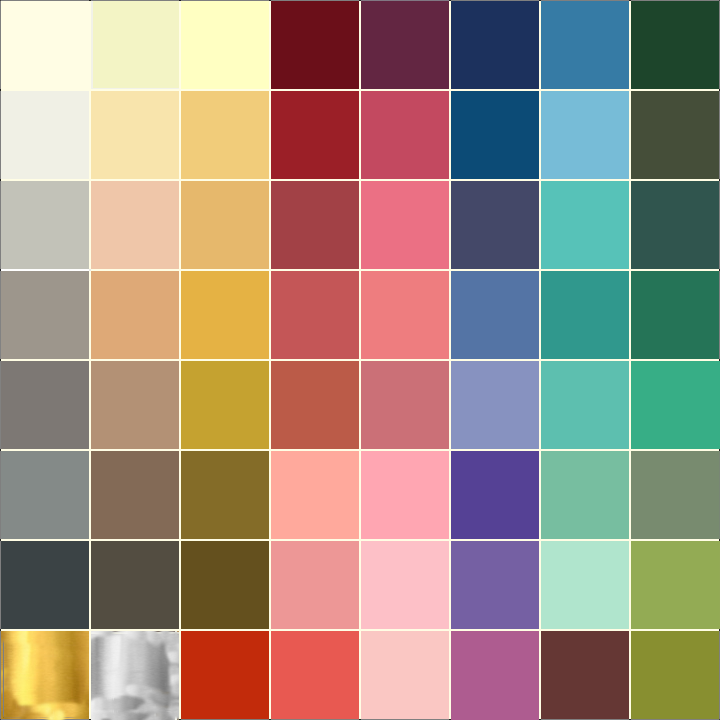
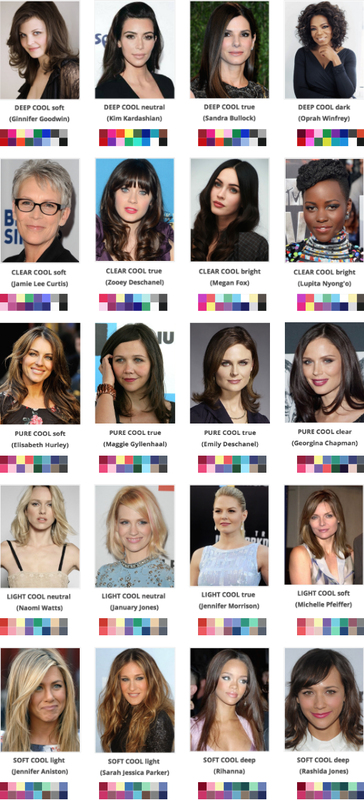
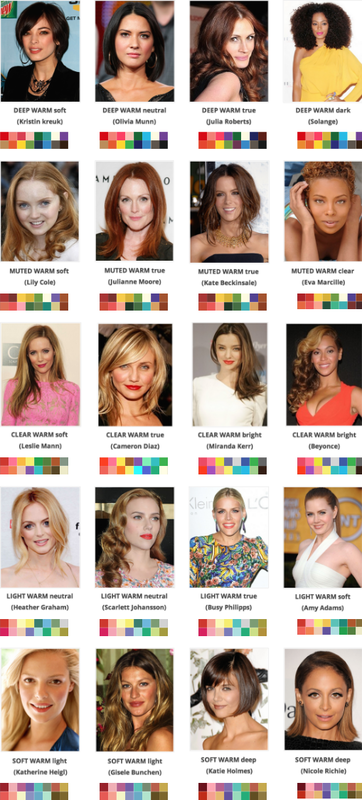
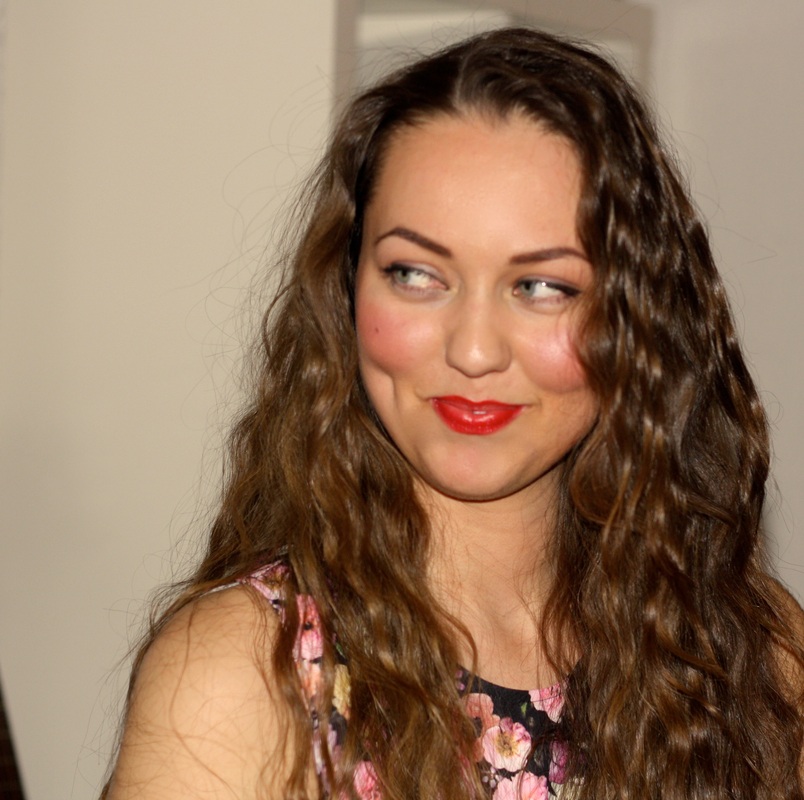
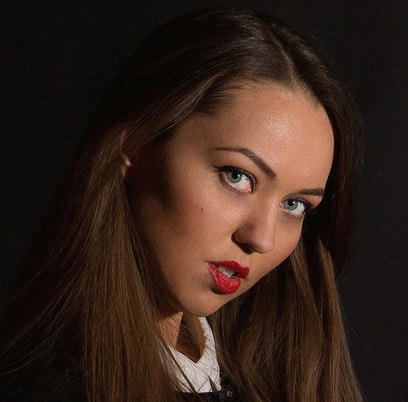
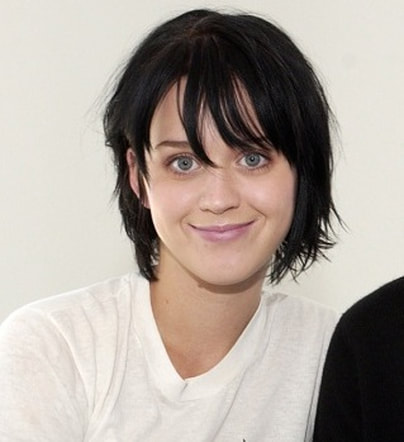
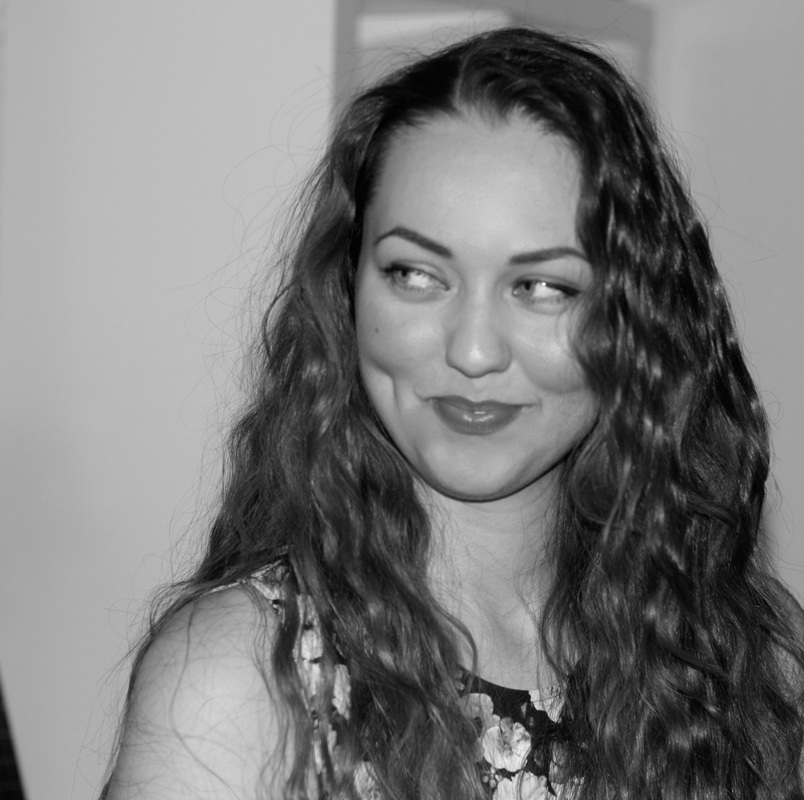
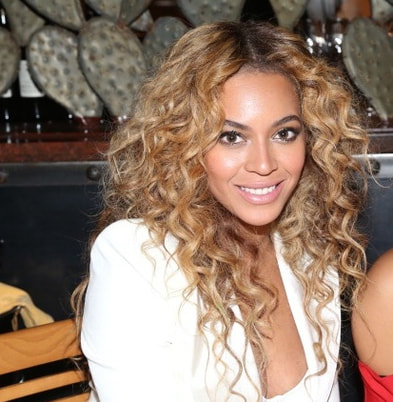
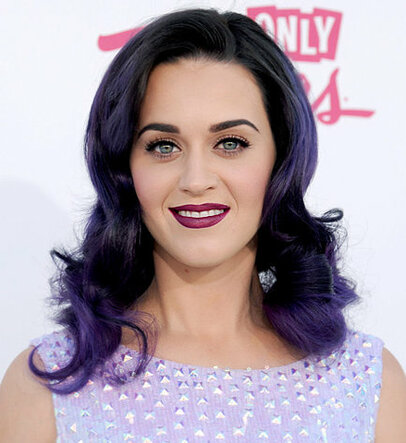
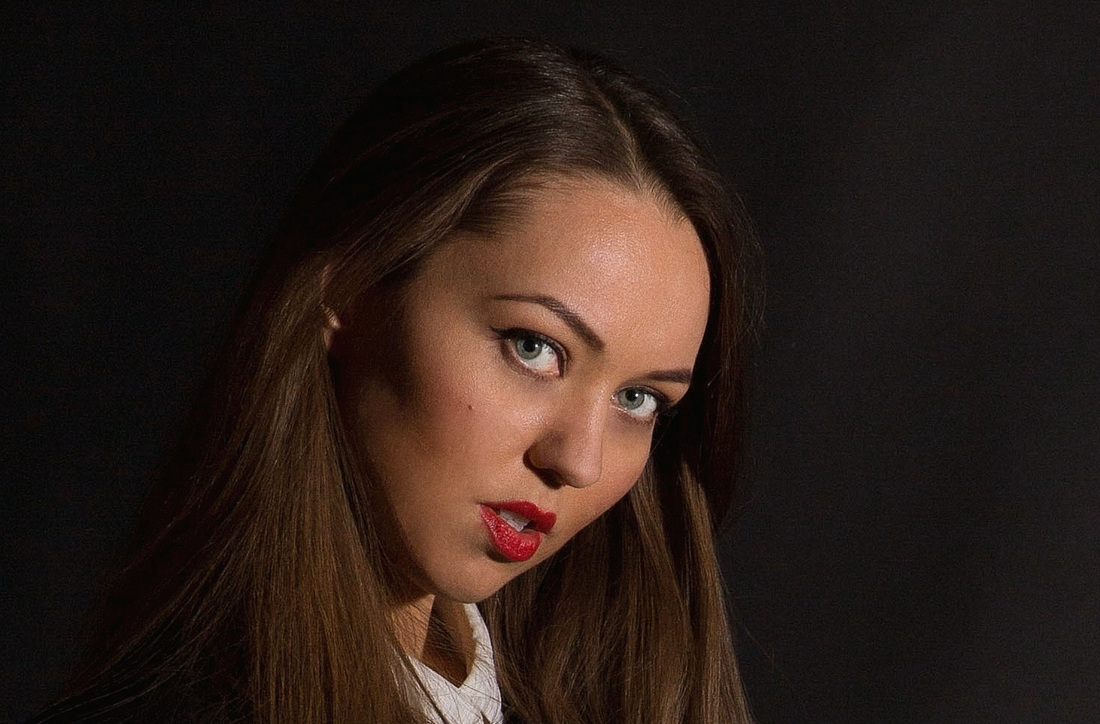
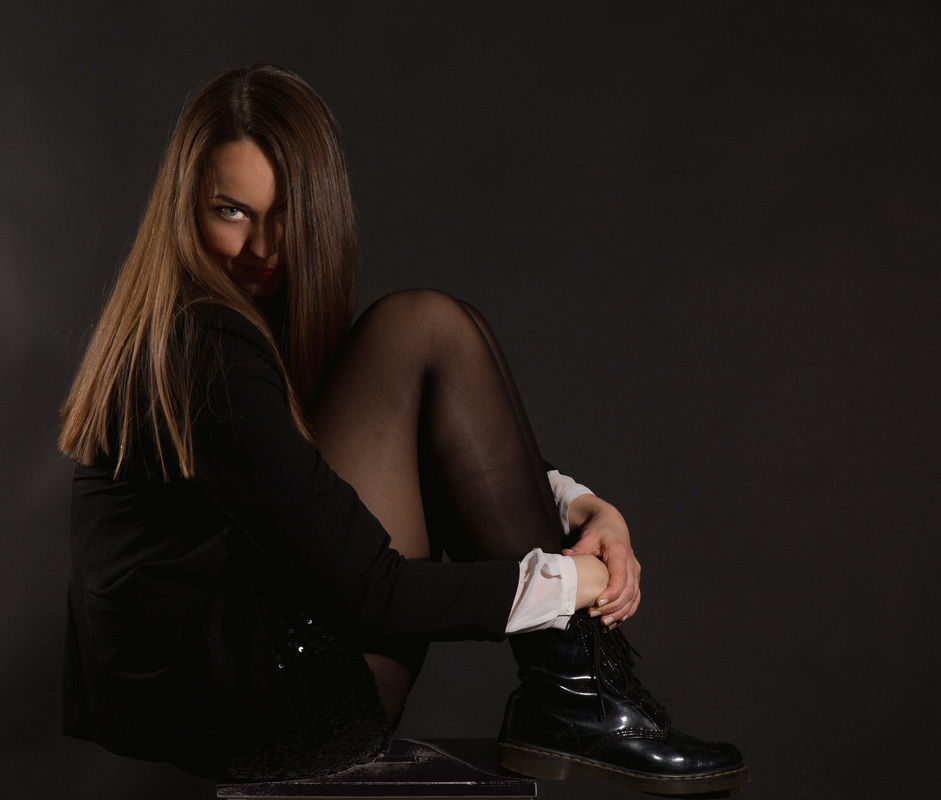
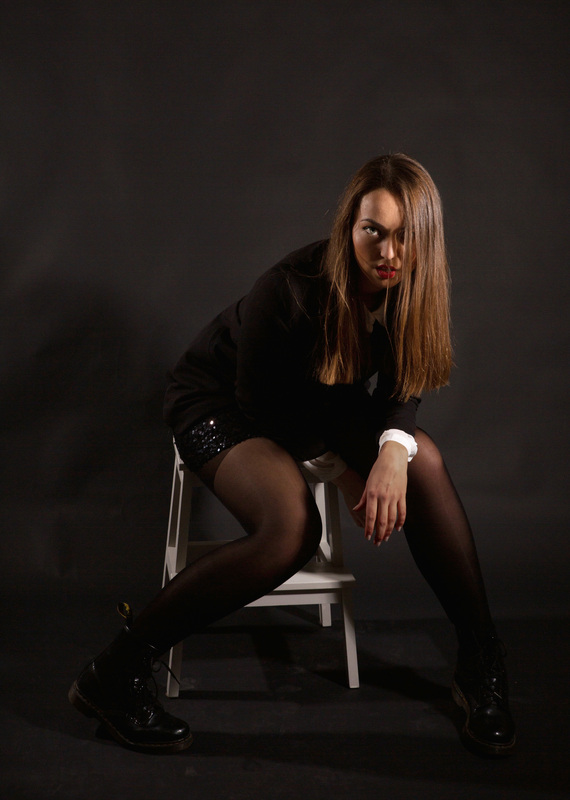
 RSS Feed
RSS Feed